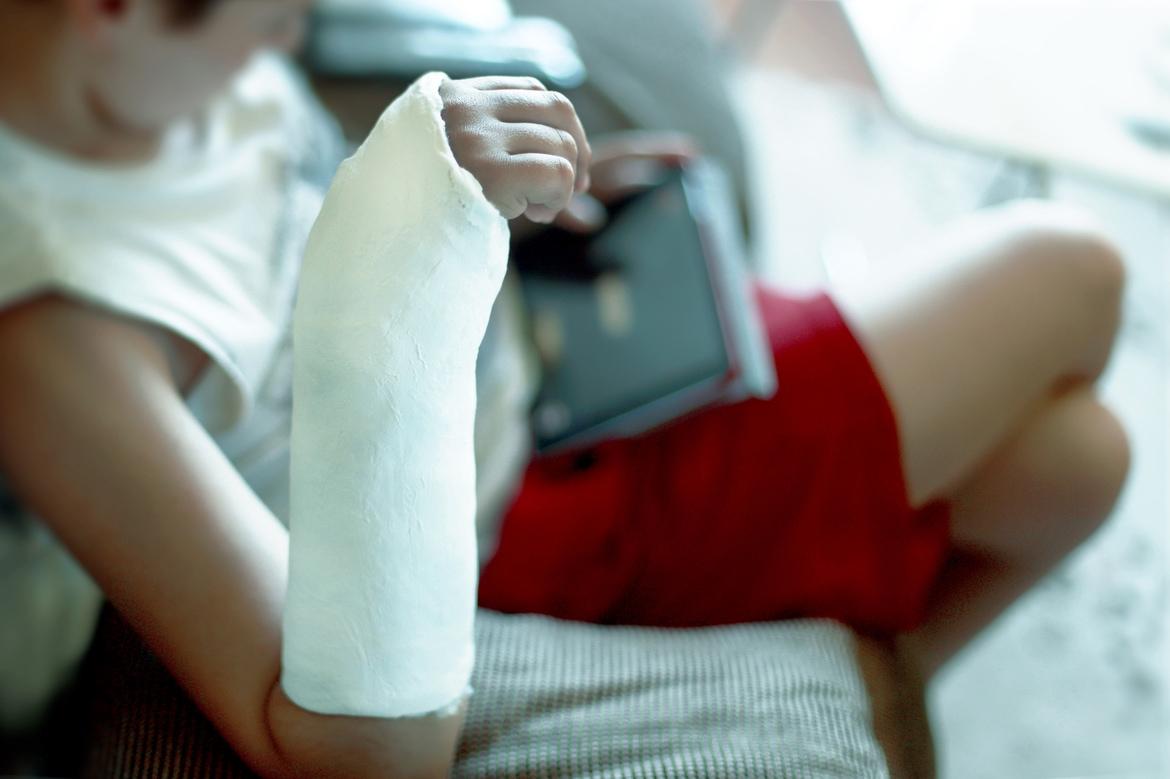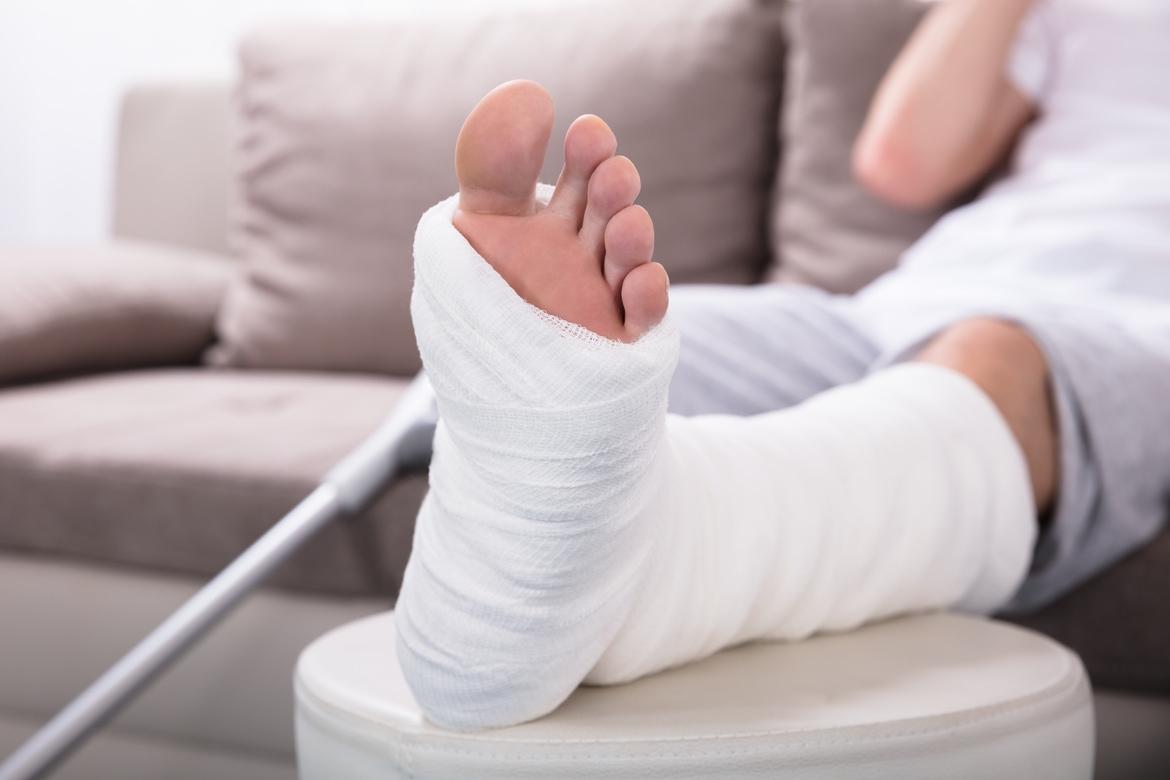Health Plus articles
Common Childhood Fractures that Parents Should Know About
Falls and accidents are part of growing up, but they can get serious. This makes it crucial that parents know how to spot the signs of a fracture and seek medical attention early.
Understanding Broken Bones in Children
What are some steps you can take if you think your child has a bone fracture?
What to Do with a Broken Bone
Dr Andrew Dutton, orthopaedic surgeon, explains what to do if you or someone around you has a fracture.
5 Types of Stress Fractures You May Be Working Yourself Towards
Here’s one for the athletes: ever wondered if too much exercise is bad for you? The truth is, too much and too fast can be counterproductive for your next game.
4 Common Illnesses You Can Catch on Holiday
Holidays are great, but only if no one has to be stuck in bed nursing an ailment! Here are some useful tips from doctors on common illnesses contracted during the holiday season.
Falling Down: Facts about Foot and Ankle Fractures
37.3 million falls severe enough to require medical attention occur every year. If your family member falls, what should you do?










